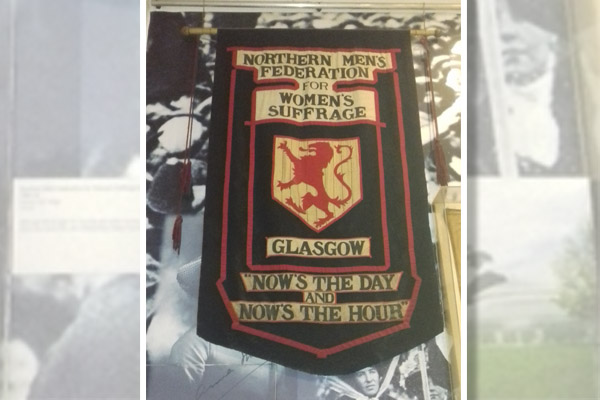How To Structure A Story

When it comes to short stories, new writers often feel daunted by the term “structure”. But it’s not something that writers should overthink. Instead, structure will help guide the writer, propelling story events forward and giving the plot purpose.
In terms of short stories, the three-act structure is the most common used. In simple terms, it’s the beginning, middle and end of a story.
Act one
The beginning is where you establish your protagonist and her goals, as well as the surrounding story world. As a writer, the last thing you want is for an editor to read your story and say, “What’s the story about – where’s it going?”
Act one is all about the exposition – establishing the main crux of the plot. The reader will know the protagonist’s goal, and an initial conflict should have occurred.
The conflict is important as good fiction writing is about raising tension throughout the course of the story. No tension equals no story.
Act two
The three-act structure equates to the percentage of storytelling. Acts one and three consist of roughly 25% of the story, which leaves 50% for act two.
This involves the brunt of the confrontation for the protagonist. This is where you want the reader to sympathise and support the protagonist, who will become more real to the reader. All the while, the tension is heightened.
If the protagonist is looking to win the heart of another, then do more than slam a door in the protagonist’s face by way of rejection. For example, give the protagonist competition in matters of the heart, creating doubt and intrigue throughout act two.
Make your heroines and heroes work for their goals.
Act three
This is the story resolution, whether the protagonist achieves her goals or not.
Act three will consist of a final highpoint of action, when the reader finds out the protagonist’s fate. This will also involve tying up any significant plot details. You can surprise the readers at this stage, but don’t cheat them.
In the “Friend”, there has to be a satisfying conclusion to any story. Whether you make the readers laugh or cry isn’t as important as giving them hope.










